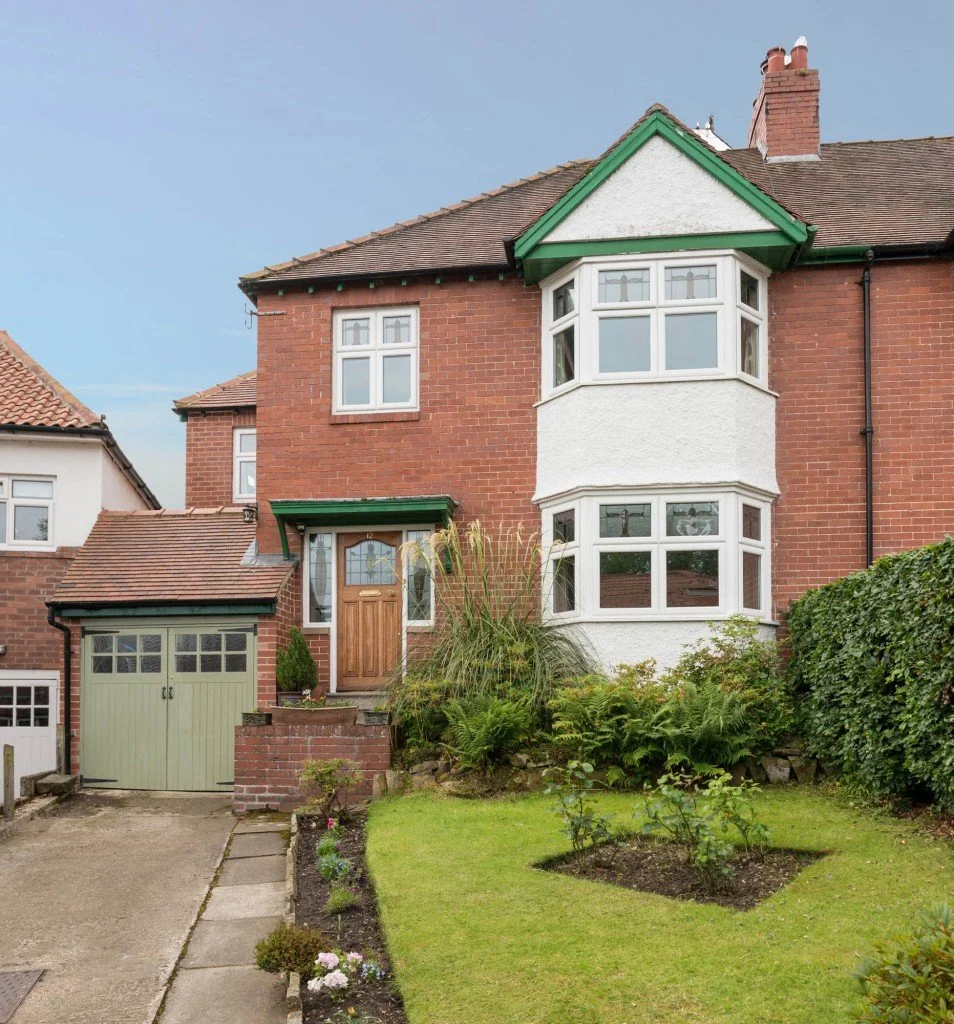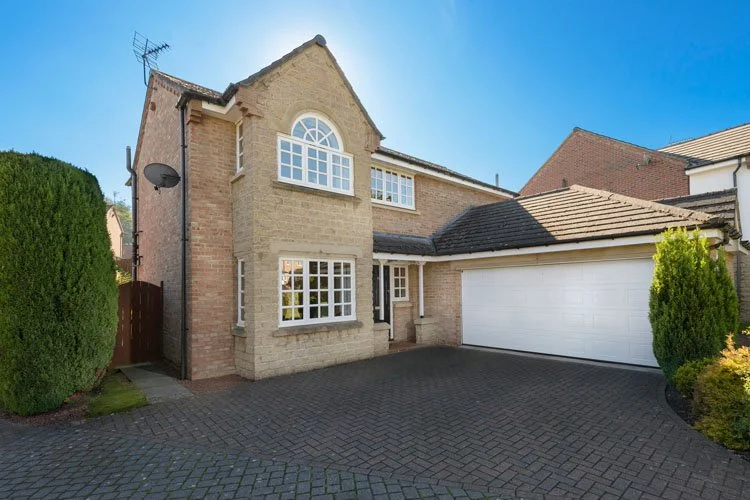Trouble with sunshine
The assumption in property photography circles, is that bright, direct sunshine is always the best option for shooting houses. Unlike the millions of £2K a day “interiors photographers” – who seem to be able to talk their way into shooting LA kitchens for lifestyle magazines all year round, I’m working on a budget and timescale which means that I can’t ever pick the kids up from school, can’t book a holiday, and have to shop at Aldi. To be brief – I go where I’m told, when I’m told. This means that I don’t have the luxury of being able to shoot anything over the course of a full day, and this results in me having to negotiate the problem of the sun being in the most difficult of positions while doing luxury property photography – usually glaring straight into the camera from behind the fascia of a lovely house. There are a number of options to deal with the situation, and keep the exterior shots looking great:
Change the time of the shoot – The simplest and most logical method if you have the flexibility to do so. If I was shooting a commercial space for a decent budget, I could scout the location, use my Lightrac app on the iPad to determine where the sun was going to be at any time of day, and time my visits accordingly. Unfortunately, when a client calls and says that Mrs X will be home for her lunch break at 1pm on Wednesday afternoon – be there to shoot her 4 bed detached, I don’t have that option.
1) Careful Exposure and Post Production – Modern digital cameras are full of cutting-edge technology, and the sensors are constantly evolving in sophistication and sensitivity. One of the attributes of a good sensor is a high dynamic range. This feature determines the amount of tones that can be captured in a single exposure. You’ve all taken crap holiday shots that looked fantastic to the human eye – usually, the wife in front of a sunset or something similar. You get a lovely sunset, and a silhouette of the missus. It’s due to the fact that the setting sun is basically 30 times brighter than someone standing with their back to it. It equates to about 12 stops of exposure, ( some anorak will no doubt calculate this and tell me I’m wrong)
2) HDR – one of my least favourite options. This, as you’ll be no doubt aware, is a technique reserved for amateur Flickr users, and people who have never been taught anything about light. It involves shooting a series of identical frames at different exposures, and allowing some sort of software ( I use Photomatix) to add them all together, and pull the tones from them in order to create a balanced shot. It rarely works well, especially with interiors – giving white walls a muddy brown look. Even worse is the effect created when it’s overdone. My previous post has a link to some classics. It’s getting better, but it’s going to be a while until it can be used for serious property work. A load of agents are going overboard with this now, but it’s the lazy way of doing the job, and not what I was trained for. Here’s one I made earlier: (Note that I had to position myself so that the sun was behind the chimney, otherwise it was an impossible shot)
3) Wait for clouds, and stick the sky in afterwards – a lot of agents have firms on their books that do this work day-in, day-out. Bright, cloudy days are actually ideal for shooting property exteriors, as there are no hard shadows to worry about. The shot can be warmed up a bit in post-production, and a realistic blue sky is easily added. Here’s a shot taken on a miserable, cloudy day in Hexham. Don’t overdo it though.
4) Light the front of the building – Sometimes this is the only option, and the extent to which you light the shadows depends on the size of the job. An £80 estate agency shoot is a different thing to a 2 day £2K documentation of a commercial space for brochure use. The technique is the same though. This next image was my only real option, as the sun was glaring into the lens from any distance, so I had to shoot up close, using the gabled front to hide the direct sun. Using the Cam Ranger and iPad, I blasted flash on the face of the house over multiple exposures to fill in parts of the brickwork, doors etc. The result was actually ok, and it looks a bit like one of my twilight shots despite the time being just after noon in late September.





